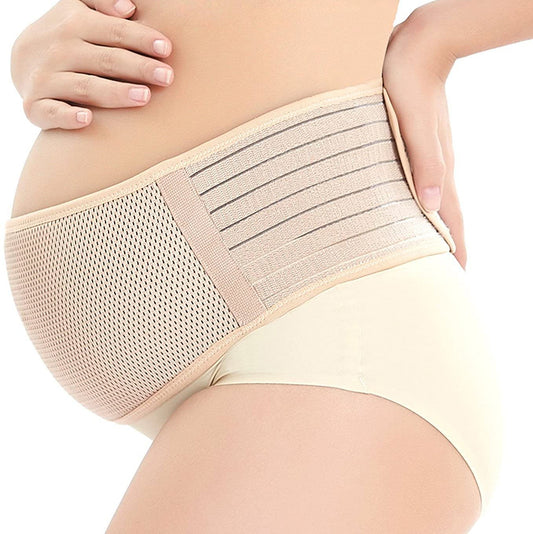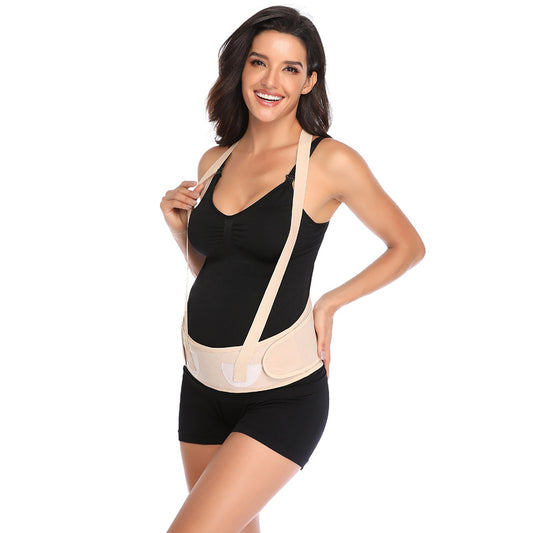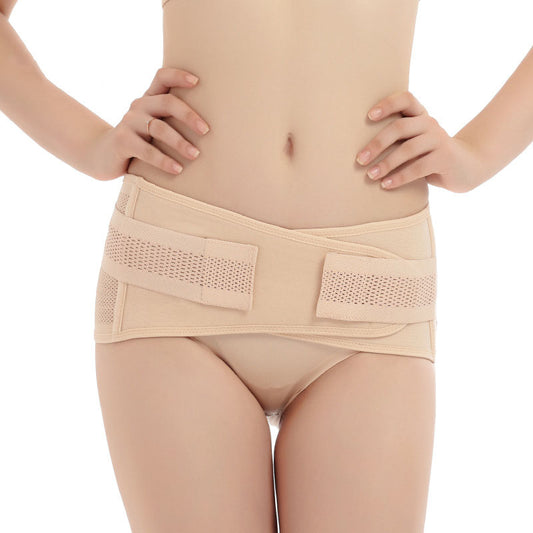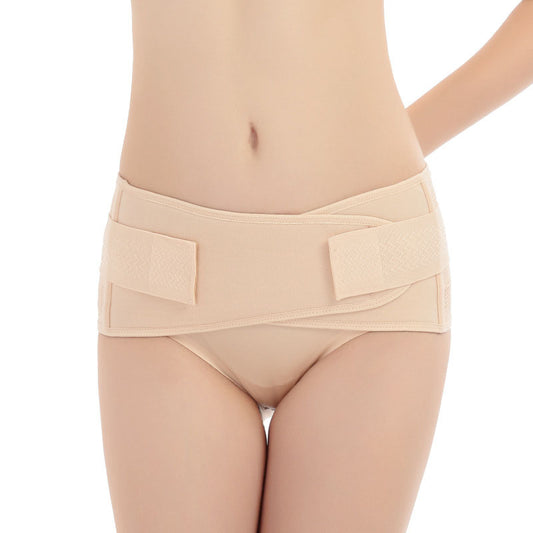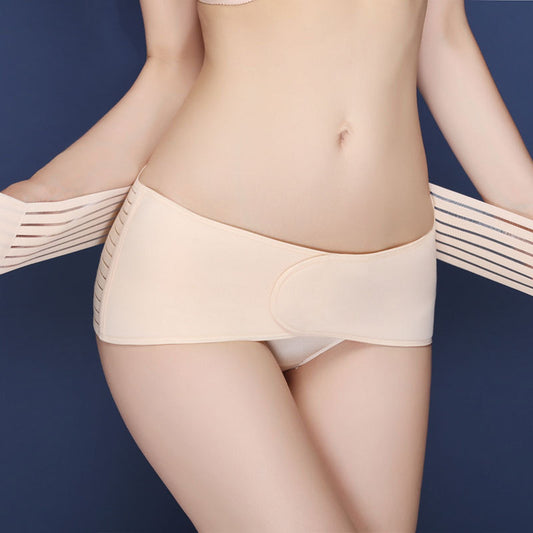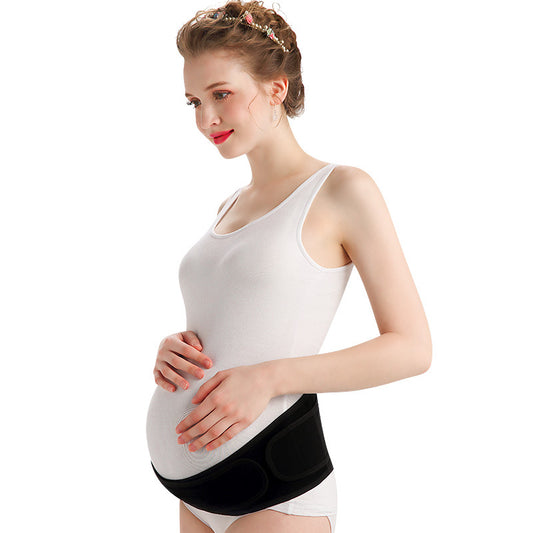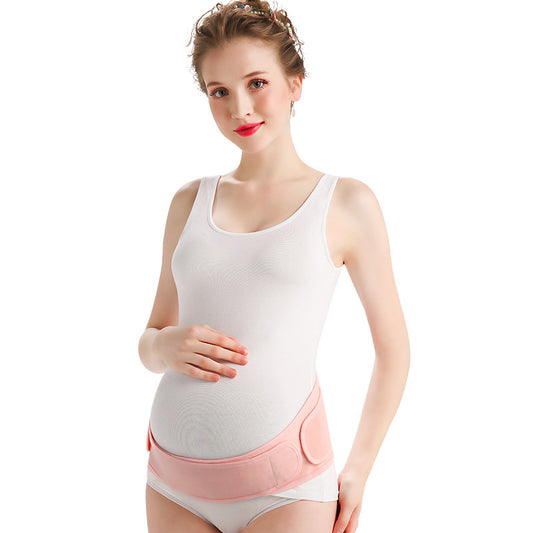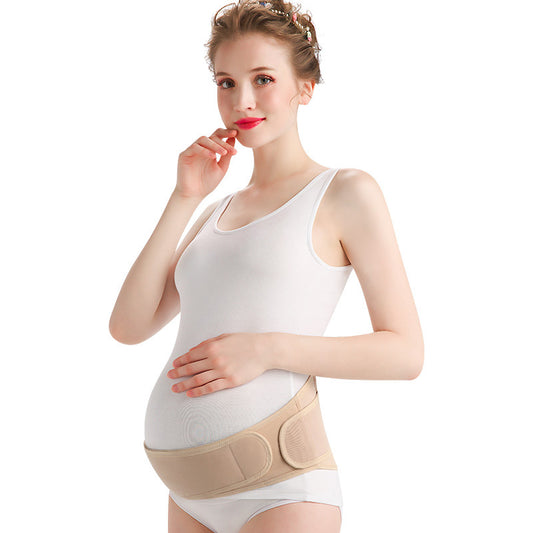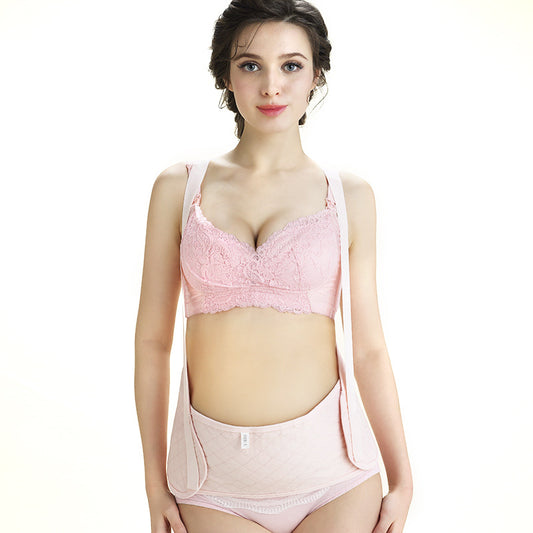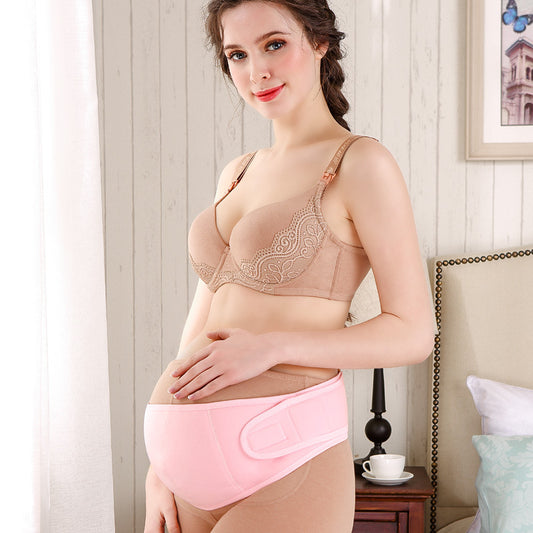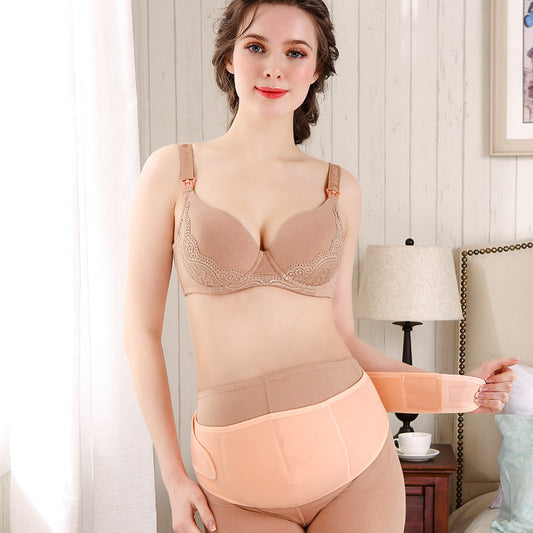-
Maternity Support Belt Breathable Pregnancy Belly Band Abdominal Binder Adjustable Back/Pelvic Support - One Size
Regular price $26.99 USDRegular price$26.99 USDSale price $26.99 USD -
Maternity Belt Pregnancy Belly Band 3 in 1 Maternity Support Belt for Pregnant Back /Pelvic/Hip Pain , Maternity Band Belly Support for Pregnancy
Regular price $32.00 USDRegular price -
Pregnant women postpartum pelvic belt elastic belly belt mesh breathable crotch belt
Regular price $22.00 USDRegular price -
Pattern new pelvic belt postpartum breathable crotch belt hip correction belt natural birth caesarean section
Regular price $22.00 USDRegular price -
Pregnant women's postpartum pelvic belt breathable elastic postpartum abdominal belt to close the crotch to raise the hip to correct the pelvis belt
Regular price $22.00 USDRegular price -
Maternity Belt, Breathable Pregnancy Back Support, Premium Belly Band, Lightweight Abdominal Binder
Regular price $30.00 USDRegular price -
Belly Bands For Pregnant Women, Pregnancy Belly Support Band - Maternity Belt For Back Pain. Adjustable/Breathable Belly Support For Pregnancy.
Regular price $30.00 USDRegular price -
Maternity Belt Pregnancy Support Belt Bump Band Abdominal Support Belt Belly Back Bump Brace Strap
Regular price $30.00 USDRegular price -
ZSZBACE Maternity Belly Band for Pregnant Women | Breathable Pregnancy Belly Support Band for Abdomen, Pelvic, Waist, & Back Pain | Adjustable Maternity Belt | For All Stages of Pregnancy (pink)
Regular price $42.00 USDRegular price -
New Moms Maternity Belly Bands for Pregnant Women - Pregnancy Belly Support Band for Hip, Back, & Pelvic Pain Relief, Ultrasoft and Comfy for all-day Support, Manage Discomfort & Pain, Reduce Trauma Risk
Regular price $26.00 USDRegular price -
Maternity Belly Band for Pregnancy - Soft & Breathable Pregnancy Belly Support Belt - Pelvic Support Bands - Tummy Band Sling for Pants - Pregnancy Back Brace
Regular price $26.00 USDRegular price
Collection: Maternity Support: Alleviate Pelvic Pain with Our Pregnancy Support Belts
Discover Comfort and Stability with Our Maternity Support Belts Collection
Pregnancy is a transformative journey marked by many joys and challenges. Among the common hurdles faced by pregnant women is pelvic girdle pain (PGP). Our specialized maternity support belts and pelvic girdles offer a practical solution to this issue, ensuring improved comfort and mobility. Whether you’re in your first trimester or approaching the final months, incorporating a support belt can significantly enhance your wellbeing.
Who Needs Maternity Support Belts?
- Pregnant Women Experiencing Pelvic Pain: If you're experiencing sharp pain in the pubic area, hips, or lower back during pregnancy, you might benefit from a pelvic support belt.
- Women Seeking Postpartum Support: Many women continue to experience pelvic discomfort after childbirth. Our support belts aid in stabilizing the relaxed ligaments, providing much-needed relief.
- Active Pregnant Moms: If you wish to maintain an active lifestyle during pregnancy, these belts offer the support needed to keep you moving with less pain.
Why Invest in Pregnancy Support Belts?
Using a maternity support belt during pregnancy can bring about immediate and long-lasting benefits:
- Injury Prevention: By offering stability to the pelvis, these belts minimize the risk of injury that may arise from sudden movements.
- Enhanced Mobility: Feel more secure in your movements, allowing you to partake in daily activities and exercise with greater ease.
- Pain Relief: Experience significant relief from ailments such as pelvic pressure, backaches, and sacroiliac joint pain.
How to Identify the Need for a Pregnancy Support Belt
- Persistent Discomfort: If activities as simple as walking or standing cause discomfort, a maternity belt can offer support.
- Pelvic Instability: This can manifest as a feeling of your pelvis “clicking” while moving or discomfort when lying down.
- Back Pressure: If you find relief when holding your abdomen or back, a support belt can simulate this effect comfortably.
Key Features of Our Maternity Support Belts
- Breathable Material: Our belts, made from high-quality, breathable fabrics, ensure comfort and prevent skin irritation.
- Adjustable Fit: Featuring an easy-to-use Velcro system, the belts adjust to your growing belly.
- Durability: Built to withstand the demands of pregnancy while providing consistent support.
Common Questions About Using Support Belts
Are these belts comfortable for long-term wear?
Yes, our belts are designed with comfort in mind, allowing for extended wear without compromising movement.
Can I wear the support belt while sitting?
Absolutely. The design considers various postures and remains effective whether you are standing, sitting, or lying down.
Do they require frequent adjustment?
The belts are designed for stability and rarely necessitate frequent adjustment once correctly fitted.
ZSZBACE: A Brand You Can Trust
At ZSZBACE, we pride ourselves on delivering top-quality maternity support products backed by years of manufacturing expertise. Our commitment to superior materials and expert customer service makes us a trusted choice for expectant mothers.

Enhance Your Daily Comfort
By choosing a support belt from our collection, you invest in comfort and aid in the wellness of your pregnancy journey. Our array of products, including the soft and breathable pelvic support bands, cater specifically to the needs of pregnant women seeking relief from pelvic and back pain.

Conclusion
Our maternity support belts offer the support, comfort, and flexibility needed to navigate your pregnancy with ease. Embrace the stability these belts provide to improve your daily routine and ensure you remain active and comfortable. Discover the full range within our collection, like our 3-in-1 maternity support belt, designed for comprehensive back, pelvic, and hip support.
Choose ZSZBACE for a seamless blend of functionality, comfort, and reliability in maternity care. Your journey towards a more comfortable pregnancy begins with the right support.

